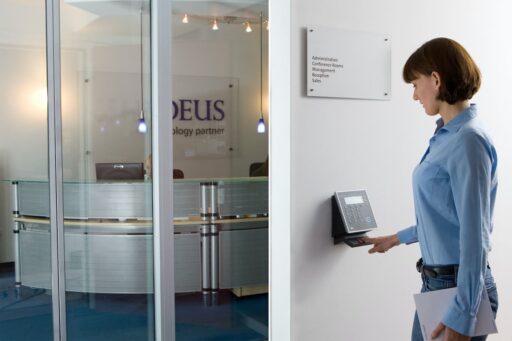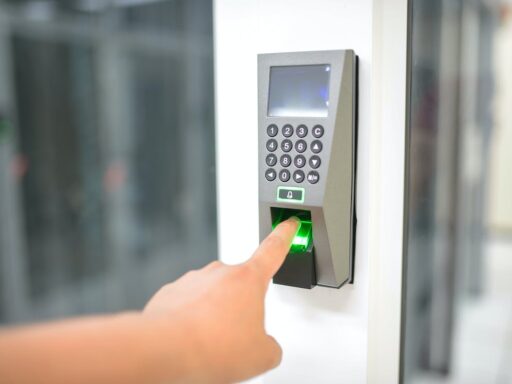Shaping a future where security is as personal as a fingerprint
Throughout the course of history, our constant concern for security has seen a remarkable evolution. In the early stages, our ancestors relied on straightforward methods such as physical barriers and human guards to ensure the safety of their surroundings. As societies progressed, so did our approach to security, leading to the development of a sophisticated and intricate system. This system has continuously undergone upgrades, becoming more robust and reliable with time. The journey through the ages underscores the enduring commitment of humanity to fortify and guarantee the safety of our spaces and communities, showcasing a remarkable trajectory of progress in our efforts to create secure environments.
At present, we are sitting in a biometric revolution where the keys to our safety lie in our unique behavioral and physical characteristics.
Keep on reading to know more about the journey of security measures in the 21st century in this article.

Earliest Forms of Security
Physical barriers, locks, and keys on the advent of the mechanical age, are the earliest forms of security. Walls, guards, and moats were our primary mode of protection before it significantly improved to genius lock and key devices, which provided a more reliable and efficient security system in the old days.
However, these security measures were still susceptible to breaches. Centuries later, these traditional securities met their digital counterparts which provided more safety and reliability.
The Digital Revolution
The start of the digital age has brought a significant shift in our security systems. Passwords and PINs have become the cyber counterparts of the traditional locks and keys. This new approach to security has become the gatekeeper of confidential information as it offers a higher level of security, as well as convenience.
However, just like any kind of advancement, this did not go out without having its own flaws. Access codes and passwords could easily be forgotten, stolen, or worse, hacked. And so, the rise of these threats paved the way for a more dynamic and foolproof security approach.
The Biometric Sensation
This is where the biometrics come in! Biometrics is the science of recognizing people based on their physical or behavioral traits. These include fingerprints, iris patterns, and facial and voice recognition. Because each of us has unique physical or behavioral traits, biometrics offer a kind of security that is very hard to forge or replicate.
Biometrics are now used in many industries including banking, furniture, smartphones, smart doors,…, providing a seamless and more secure user experience. For instance, you can now unlock your phone or make transactions with just a touch or even a glance.
Biometrics in Security
As mentioned, biometrics are increasingly used in many security systems. This is because this offers many advantages over traditional methods. Here are some benefits it offers that make it more reliable and secure:
- Uniqueness
No two biometric data are the same, as each of us has unique sets. So your biometric data is just yours. This makes it extremely difficult for someone to steal your identity or impersonate you to attempt to breach your security.
- Permanence
Your biometric traits do not change over time. It is permanent and will still be valid years and years later. The biometric data that is captured for you today can still be used for several decades or more.
- Non-transferable
Unlike your keys and passwords, you just can’t easily give your biometric data to someone else. This feature makes biometrics more secure and reliable than the traditional methods. Below you will have more explanations for security:
So Where Do We Go From Here?
The horizon of security holds promising prospects as we persistently engage in the development and innovation of increasingly efficient methods. Specifically, in the realm of biometrics, we have witnessed a remarkable evolution, with improvements rendering it more accurate, reliable, and secure over time. This trajectory of enhancement is expected to persist as we adapt and redefine biometrics to address the contemporary challenges of today.
While our quest for security is undoubtedly ongoing, our commitment to discovering and implementing improved methods assures us of a future that is not only more secure but also at the forefront of technological advancement. The continuous pursuit of better security methodologies is a testament to our unwavering dedication to creating a safer and more resilient future.







